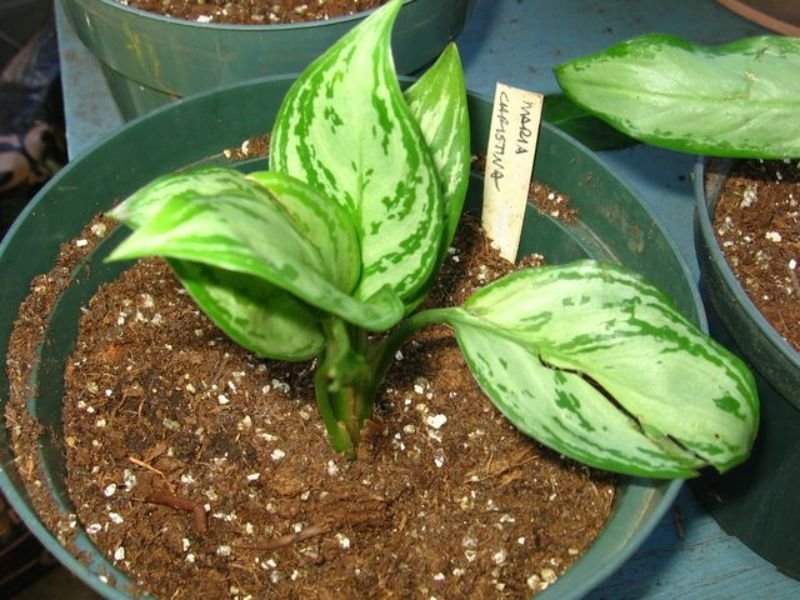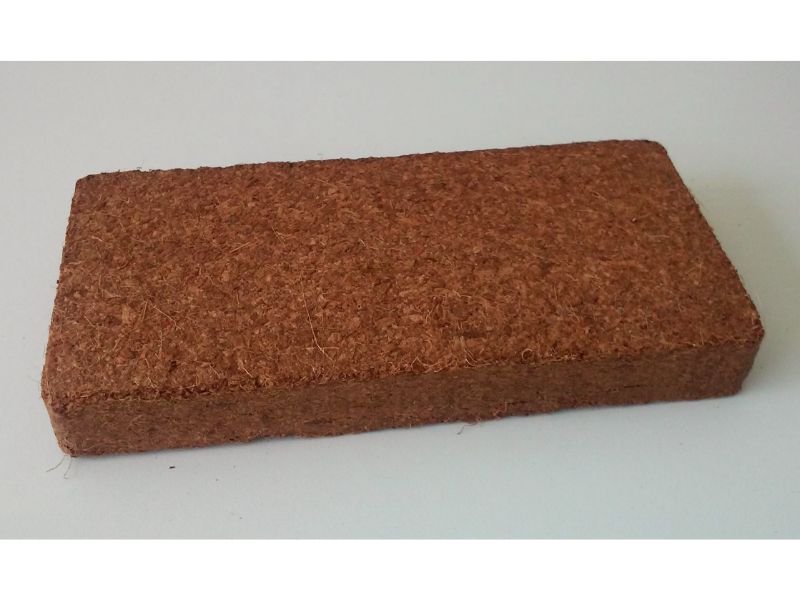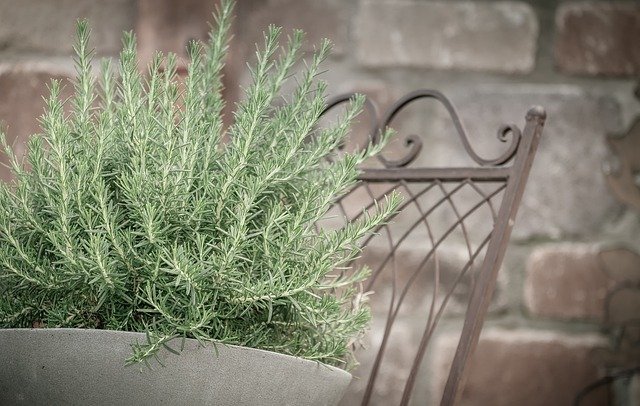Last updated on November 28th, 2023 at 03:39 am
As an obsessive aroid collector with over 50 different species and counting, I’ve learned a thing or two about how to keep these gorgeous plants happy and healthy. And it all comes down to soil.
Aroids like philodendrons, monsteras, and anthuriums can be fussy when it comes to their growing medium. Get the soil mix wrong, and you’ll end up with sad, struggling plants that never seem to thrive.

But with the right soil recipe, your aroids will reward you with vigorous growth, brilliant leaves, and even flowers!
Over many years (and many failed batches of soil), I’ve landed on some custom mixes that work incredibly well for my aroid collection. If you also want to unlock the secret to growing big, beautiful aroids at home, read on for my recipes and tips!
Table of Contents
The Problems with Regular Potting Mix
Before we get into the ideal aroid soil mixes, let’s talk about what doesn’t work so well. General-purpose potting soil contains a lot of peat or coconut coir to help retain moisture. Some also have added fertilizers that provide nutrients over time.
This seems great in theory, but in practice, these standard mixes cause a lot of problems for Aroids:
- Stays too wet – All that moisture-retentive peat or coir means wet roots, which aroids hate. This leads to root rot.
- Too dense/heavy – Standard mix gets compressed over time, which prevents air circulation to the roots. Goodbye, healthy roots!
- Not enough drainage – Excess moisture has nowhere to go in a typical dense potting mix. Aroids need soil that drains well.
- Nutrient imbalance – The fertilizers tend to be nitrogen-heavy, which causes weak, floppy growth in aroids.
I learned all this the hard way and lost a few plants before realizing I needed to create my own custom soil blends.
Making the Perfect Aroid Soil Mix
An ideal aroid potting mix needs to:
- Drain quickly to prevent wet roots
- Retain some moisture so roots don’t dry out
- Stay light and airy long-term for good air circulation
- Provide balanced nutrients tailored to aroids
It might sound complicated to concoct your own mix with all these requirements, but it’s actually pretty simple!
“I wasted money on lots of failed soil experiments. Now I’ll share what works so you don’t have to!”
The key is mixing fuzzy, moisture-loving ingredients like peat and coir with big chunky bits like orchid bark and perlite. This gives you the perfect blend of moisture retention, airflow, and quick drainage that aroids love.
Let’s look at the star ingredients that make up my signature aroid soil recipes:
1. Orchid bark (around 40% of the aroid soil mix recipe)

Orchid bark is a key component in my aroid mixes. These irregular chunks of tree bark help create air pockets for excellent drainage and airflow. Orchid bark also absorbs some moisture like a sponge. It’s the perfect balance!
I use medium-grade orchid bark. Large pieces provide even more drainage, while small pieces hold more water. The medium grade gives the best of both worlds.
2. Charcoal (around 30% of the aroid soil mix recipe)

Activated charcoal is a secret weapon in my aroid soil recipes! The charcoal’s absorbent properties help prevent bacterial or fungal issues in damp soil. It also filters impurities from tap water.
I use charcoal granules and add about 5% to my custom mixes. A little goes a long way. The black specks make the soil look extra cool!
“Friends asked why I added black charcoal to my potting mix – then they saw how big and gorgeous my aroids grew!”
3. Coco peat or coco coir (around 20% of the aroid soil mix recipe)

Peat moss and coconut coir (coir) are my go-to ingredients for adding moisture-holding power to avoid mixes. They act like little sponges to absorb and hold onto water between waterings.
I only add peat and coir in small quantities though – usually 10-20% of the total mix. These moisture-loving ingredients can easily become waterlogged if overused.
I tend to use more peat in my mixes since coir has a more neutral pH. The acidic peat helps counteract the alkaline orchid bark and provides the right pH for aroids.
“It took me years to find the perfect ratio of spongy, water-holding ingredients to big chunky bits for drainage. Now my aroids thrive in this custom mix!”
4. Perlite (around 10% of the aroid soil mix recipe)

While orchid bark provides larger air pockets, perlite creates tiny spaces throughout the soil to let air penetrate deeply around the roots.
It also helps lighten up the mix while still retaining some water, like little absorbent pebbles. I add 10-20% perlite to my blends.
My Signature Aroid Soil Recipes
After much trial and error, I’ve dialed in two variations of aroid mix that help my plants thrive season after season. Let’s take a closer look!
Jane’s Aroid Mix
- 40% Orchid bark
- 20% Peat moss
- 20% Perlite
- 15% Coconut coir
- 5% Charcoal
I use this faster-draining blend for most of my aroids. The high ratio of chunky orchid bark and perlite means excellent drainage and air circulation around the roots.
The 20% peat and 15% coconut coir provide just enough moisture retention between waterings. And the charcoal keeps microbes in check.

I use this fast-draining mix for most of my philodendrons, Epipremnum pinnatum, anthuriums, Monsteras, and Syngoniums. They grow so vigorously in this airy, moisture-balanced blend!
Jane’s Moisture-Loving Mix
Some of my rarer aroids like certain Philodendron and Anthurium species prefer slightly more moist soil. For these beauties, I tweaked my recipe:
- 30% Orchid bark
- 25% Peat moss
- 20% Coconut coir
- 15% Perlite
- 5% Charcoal
- 5% Sponge rock
Sponge rock, also called zeolite, soaks up and holds onto more moisture like tiny hygroscopic pebbles. Combined with the higher percentage of water-retaining peat and coir, this mix stays damp a little longer.
I use this for my fussier Philodendron squamicaule and gloriosum, as well as rare Anthurium species like magnificum and crystalline. The higher moisture keeps their roots happy!
Mixing & Using Your Custom Aroid Soil
Blending these ingredients is super easy. I mix large batches at once in a wheelbarrow or cement mixer so it’s ready to go when repotting season arrives.
Here are some tips:
- Mix all ingredients in dry form first before adding any water
- Use protective gear like a mask so you don’t inhale anything
- Add water sparingly and mix again. Soil should feel lightly moist but not soggy wet
- Let the mix sit for 1-2 weeks so the orchid bark and charcoal absorb moisture and balance out
- Use high-quality plastic or terra cotta pots with drainage holes
- Consider adding Styrofoam peanuts in the bottom of pots to reduce the risk of soggy soil
- Top dress with orchid bark or pebbles to prevent damp mix from directly touching leaves
Follow these tips and your custom aroid soil should bring thriving results! Expect rapid growth of stems, leaves, and roots along with brilliant foliage colors.
These mixes can be reused for a few years as long as you top-dress and fertilize regularly. Refresh with a batch of new soil as ingredients start to break down over time.
I hope you’ll experiment with these recipes and soon have your own gorgeous aroids thriving. Enjoy this fun and fulfilling hobby! Let your plants show you the way into their fascinating world.

New author in the hood. Loves gardening and flowers are my spirit animals (yes I know they are not animals but I insist). I will be covering most of the flowers’ topics here and occasionally random though as well.






